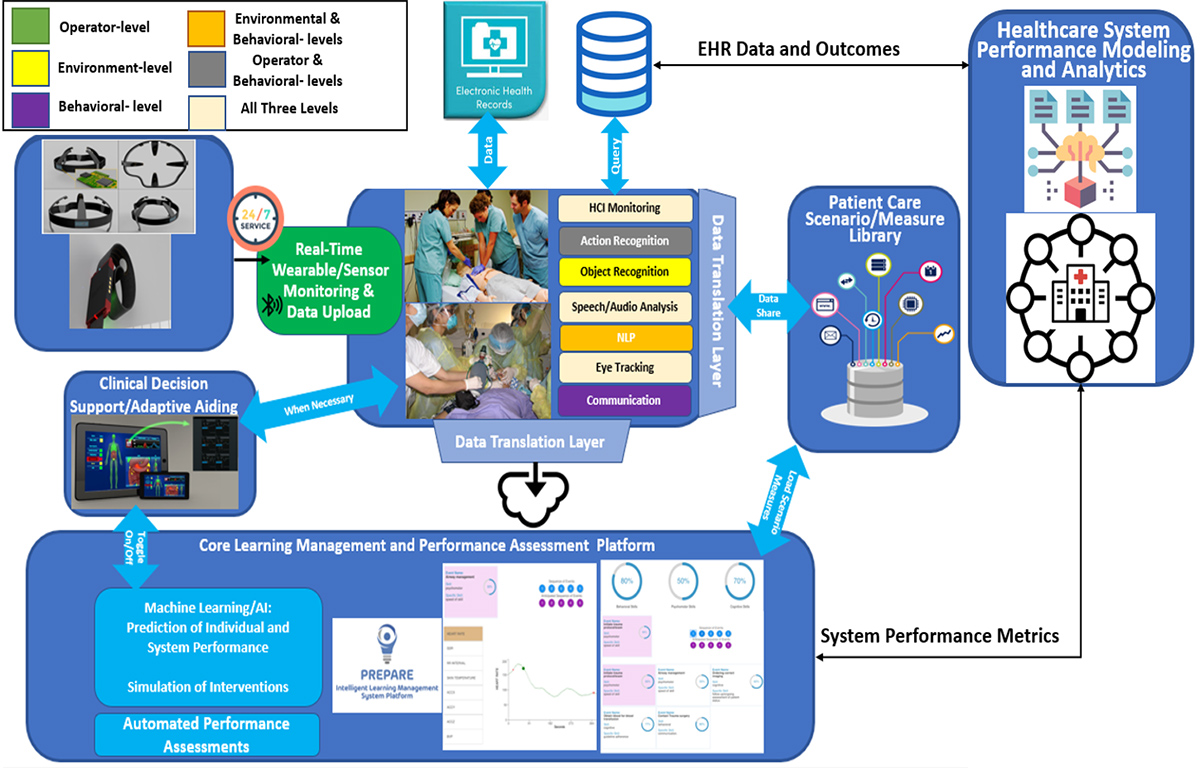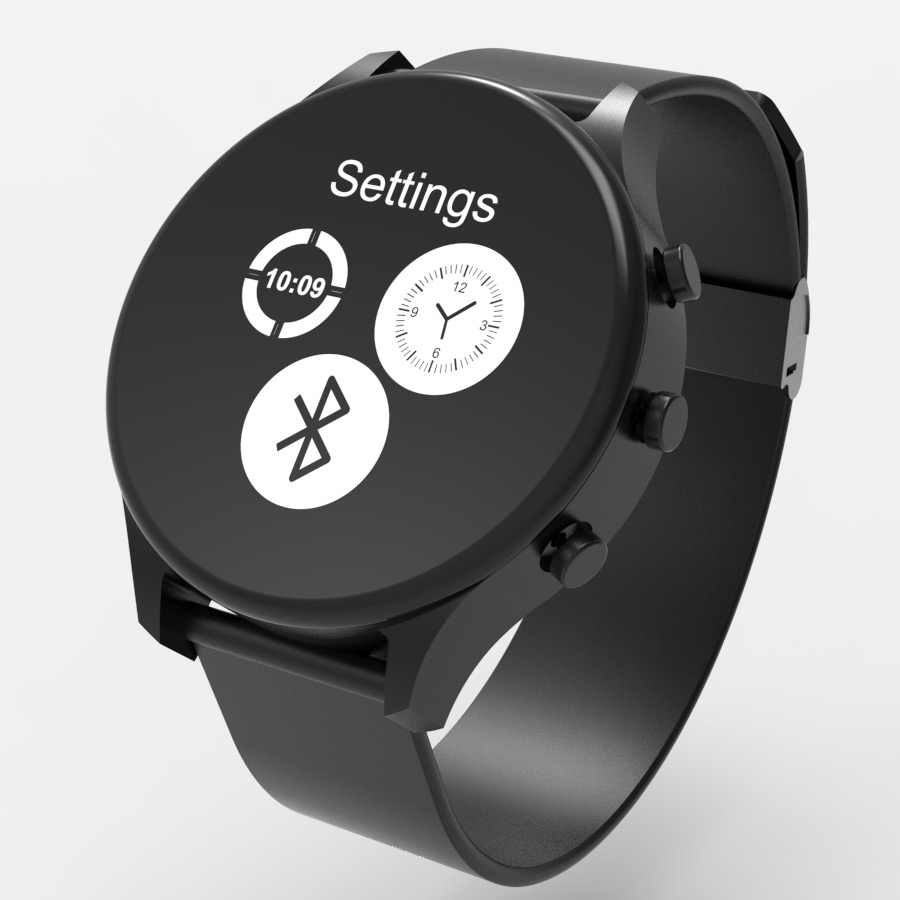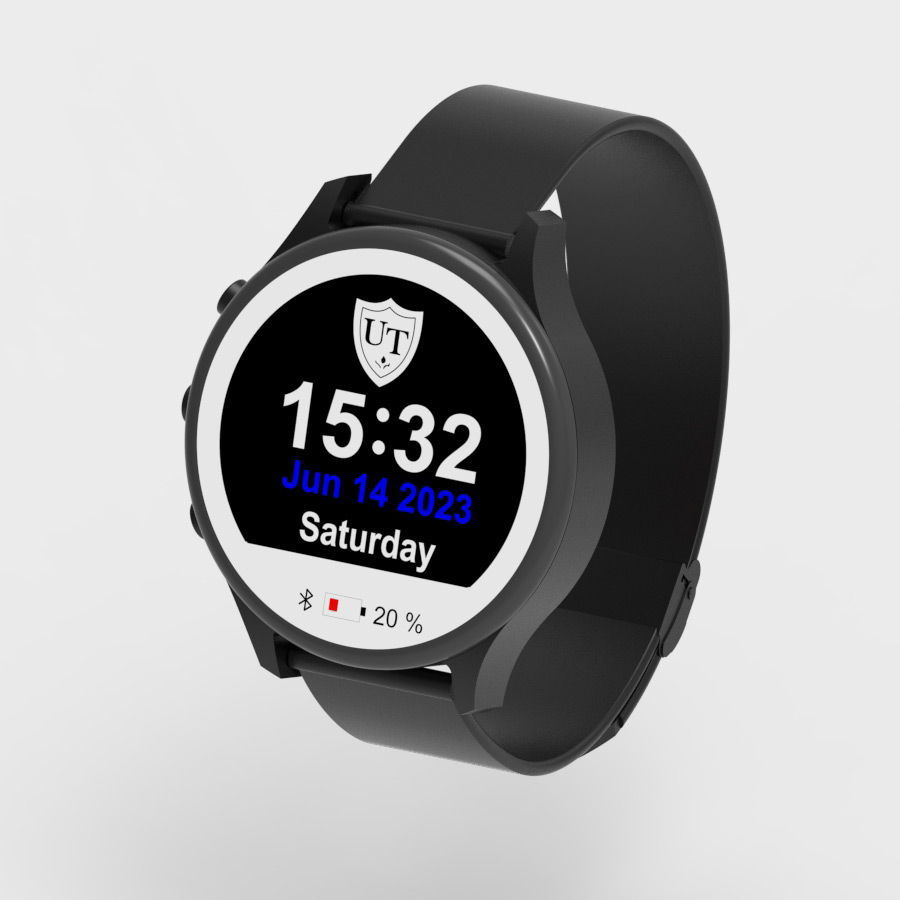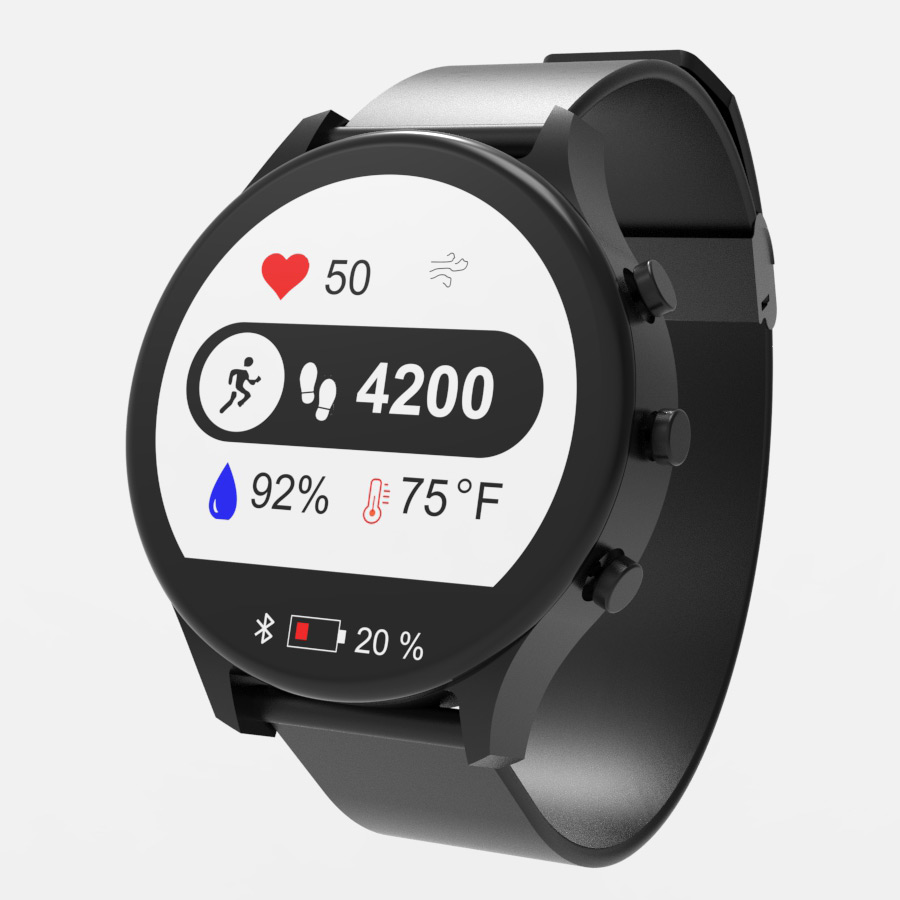SAFE-T-NET

- PREPARE is a foundational/core architecture of a more comprehensive platform vision (SAFE-T-NET) which provides continuous assessment of healthcare professional lifestyle, activity, and performance within training and real-world patient care settings.
- SAFE-T-NET is a modular platform design where functionality required for real-time dynamic assessment and detection of key events and occurrences in training and real-world operational can be deployed.
- The measurement standardization and automated assessment capabilities provided by PREPARE provide an underlying database where prepopulated clinical scenarios can be detected in real-time by monitoring various multimodal data sources shown in the high-level system design diagram including but not limited to electronic healthcare records, audio/video streams available in training and real-world patient care settings, as well as interactions with computer and technology interfaces.
- PREPARE and its current system intelligence includes some of the building blocks present
in the SAFE-T-NET architecture, however, the establishment of SAFE-T-NET will require
other capabilities or offerings generated by the broader research community to contribute
to its ultimate vision.
- For example, PREPARE currently has NLP*-based event detection and automated performance
assessment algorithms implemented in its design which is based on detection of utterances
during training and real-world patient care scenarios. Using this NLP module, it is
possible to detect context or information about an evolving patient care scenario.
Preprogrammed scenarios and underlying performance measures applicable to a given
scenario can be loaded and evaluated dynamically in real-world patient care settings.
- *Paudel P, Pappada S, Cheng L. Automated Multimodal Performance Evaluation in Simulation-based Medical Education using Natural Language Processing. InProceedings of the ACM/IEEE 14th International Conference on Cyber-Physical Systems (with CPS-IoT Week 2023) 2023 May 9 (pp. 258-259).
- For example, PREPARE currently has NLP*-based event detection and automated performance
assessment algorithms implemented in its design which is based on detection of utterances
during training and real-world patient care scenarios. Using this NLP module, it is
possible to detect context or information about an evolving patient care scenario.
Preprogrammed scenarios and underlying performance measures applicable to a given
scenario can be loaded and evaluated dynamically in real-world patient care settings.
- Many items of the envisioned SAFE-T-NET architecture are not fully developed or already exist or exist in part due to prior R&D efforts currently or previously executed across academic, military, industry, and other professional organizations.
The University of Toledo, and its current partners are seeking collaborators interested in performing joint R&D activities to achieve the vision of SAFE-T-NET. Due to its modular design, there is potential to collaboratively build towards this vision and concept while still maintaining ownership of underlying intellectual property or knowledge products that may be adopted into the platform. Due to the flexibility of this platform, there is potential to deploy and evaluate different technologies ranging from neurophysiological monitors, wearable devices, human patient simulators, virtual/augmented/mixed reality trainers, task trainers, systems providing connectivity and data sharing of electronic healthcare records, etc.
- As SAFE-T-NET grows in maturity through collaborative R&D it will provide infrastructure that enables collection of standardized datasets over time before, during, and after training, and during real-world operations.
- SAFE-T-NET will employ big data analysis and machine learning to identify relationships between factors and interventions that impact performance at the individual, team, and system level. These factors may include HP state, lifestyle/activity, demographics, team composition, operational environment, and training/real-world experiences.
- The machine learning and analytic capabilities developed and deployed within the platform over time will be designed to continuously learn and evolve as system use grows.
- SAFE-T-NET is intended to leverage continuous monitoring of healthcare professionals and learners with wearable devices and neurophysiological monitors.
- A wrist worn wearable device (BioPOD) is currently being developed under a grant provided by the State of Ohio’s Department of Higher Education. In the SAFE-T-NET vision, subjects will wear a wrist worn device 24/7 to collect data, including lifestyle, activity, sleep quality, stress levels, cognitive load, etc., to provide measures of operator state influencing performance in real-world settings and performance and the abilitu to learn in training settings.
- Our initial research1,2 has shown that there are neurophysiological fingerprints associated with performance and expertise. Collecting these data over time not only will help determine when and what training is necessary but will provide real-time interventions in real-world patient care settings via monitoring and predicting performance and implementation of adaptive aiding (e.g., clinical decision support) when necessary to ensure peak performance.
- In the future results and research outcomes of platform use will be applicable to optimize multimodal complex networks with observational and interventional data, extending beyond healthcare to other high-performance operational settings.
- SAFE-T-NET will facilitate large-scale multimodal data collection, ranging from physiological data and EHR text to intervention treatments and patient outcomes, to enable forecasts/simulations on how training on real-world experiences influence performance.
- SAFE-T-NET will enable proactive interventions and adaptive support for personnel, leading to improved operational readiness, efficiency, and effectiveness. The knowledge gained from this research will be invaluable in shaping future training and educational interventions, ensuring that HPs are equipped with the necessary skills and knowledge to excel in their roles.

[1] Pappada S, Owais MH, Aouthmany S, Rega P, Schneiderman J, Toy S, Schiavi A, Miller C, Guris RD, Papadimos T. Personalizing simulation-based medical education: the case for novel learning management systems. International Journal of Healthcare Simulation. 2022 Nov 22(null):1-8.
[2] Pappada SM, et al., Initial Adoption and Use of a Novel Learning Management System and Implications for Standardizing Performance Assessment of Anesthesia Residents, International Anesthesia Research Society Annual Meeting, March 2022 (Virtual Presentation)
SAFE-T-NET Modular Platform Vision



BioPOD Wrist-worn wearable device currently under development and investigation as part of a grant-funded study provided by the State of Ohio’s Department of Higher Education.
Prediction of Relapse in Opioid Addiction via a Novel Wearable Technology (PreLAPSE),Funding Agency: State of Ohio Department of Higher Education, Principal Investigator: Scott M. Pappada, Ph.D., Performance Period: 4/2022-6/30/2024, Total Funding: $644,944


